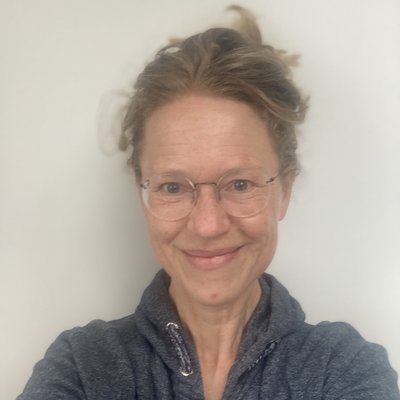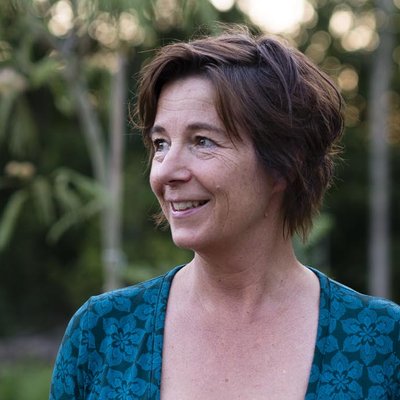Natuurplaats Binnenbos
Natuurplaats Binnenbos
Driebergen, Utrecht
4,5 hectare
Evelyn Derksen (Plantschap)
ForestPeace Foundation
First planting: February 2021
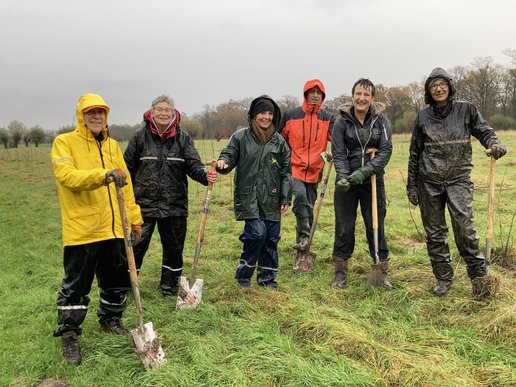
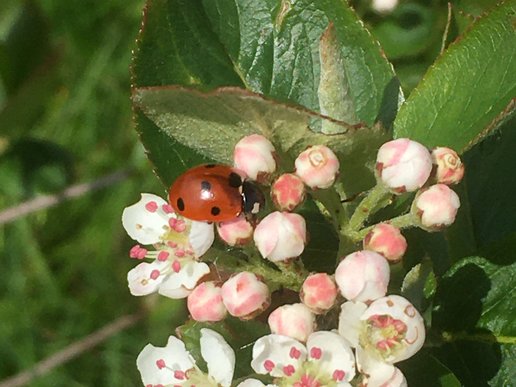
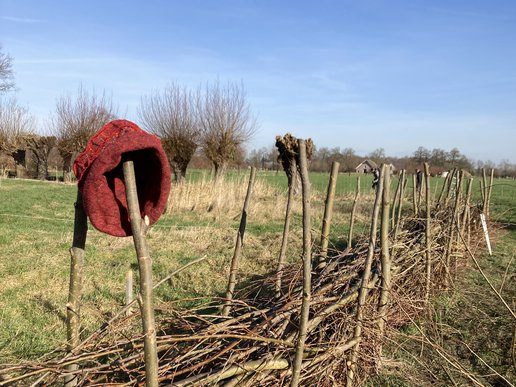
Planting a food forest on a swampy meadow of heavy river clay
Food Forest "Binnenbos" will arise on a swampy meadow of heavy river clay, surrounded by ditches and laced with ditches, located in the Kromme Rijn river basin, near Driebergen. The grassland is gradually being transformed into a food forest, as an experiment in the region, intended to inspire citizens and farmers. The food forest is part of "Natuurplaats Binnenbos", an area that was formerly part of Landgoed Sterkenburg and owned by the ForestPeace Foundation since 2019. Natuurplaats Binnenbos comprises over 80 hectare. One-third of this is cultivated land and two-thirds is natural land, part of which is designated for natural grazing; the food forest will be planted on another part of the cultivated land.
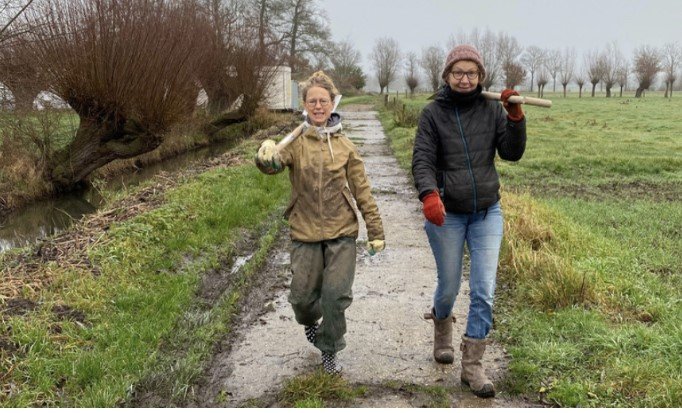
Food forest pioneer Kaat Biesemans-Hoogewijs and volunteer Marinka Pet - photo: Simo Goddijn
A food forest that not only inspires farmers and citizens, but also produces delicious and healthy food
In addition to food production for small-scale markets and local restaurants, the food forest is to be a source of inspiration for farmers. Initiators of the this project are Jasper Folmer, Aartjan Bontje and Piet van Dijk, as representatives of the ForestPeace Foundation. Food forest pioneer Kaat Biesemans-Hoogewijs will take on the challenge of transforming the wet and swampy meadow into a food forest that will not only inspire farmers and citizens but, above all, will produce tasty and healthy food by working together with nature.
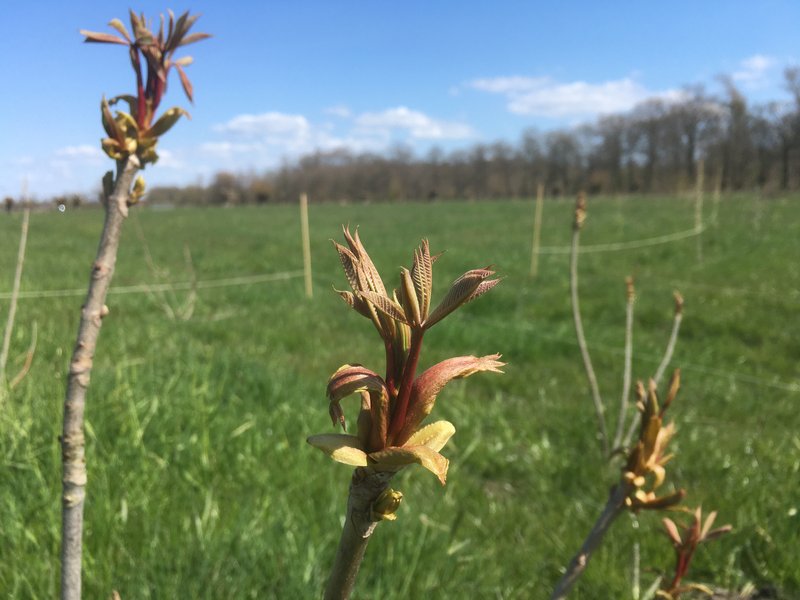
In February 2021, planting started and the edges and windbreaks of the food forest were planted. Unfortunately, planting had to be stopped, due to appeal proceedings concerning the environmental permit. The ensiled planting material partially survived Summer and chewing voles and could be planted in November and December 2021. In addition to border planting, all hedges dividing the plot into 52 clear plots, were planted as well. To stimulate the biodiversity of pioneer vegetation, wild seed of a variety of native ruffled herbs - such as hogweed, whistlewort, wild carrot, primrose, parsnip and barnyard wormwort - was scattered in the food forest in Autumn 2021. The design of the food forest was further developed in 2022.
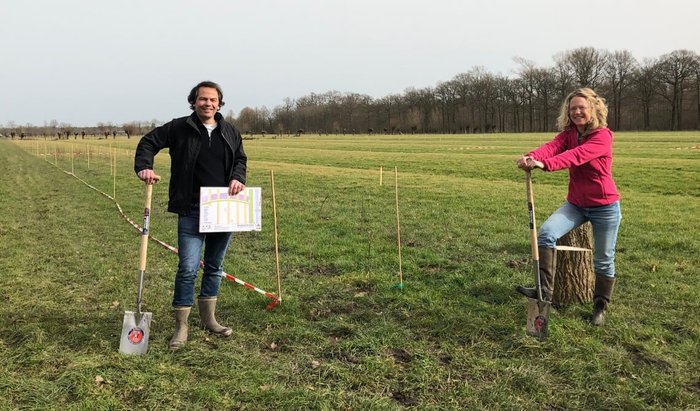
Initiator Jasper Folmer and Kaat Biesemans-Hoogewijs - photo: Babs Bouwman, Nieuwsblad De Kaap
We are working on this project ...
Kaat Biesemans-Hoogewijs
Evelyn Derksen


